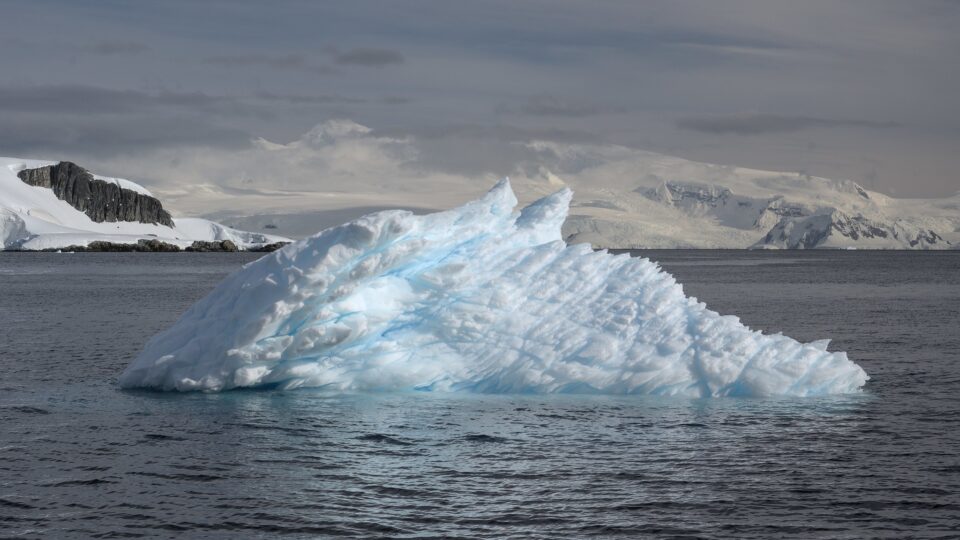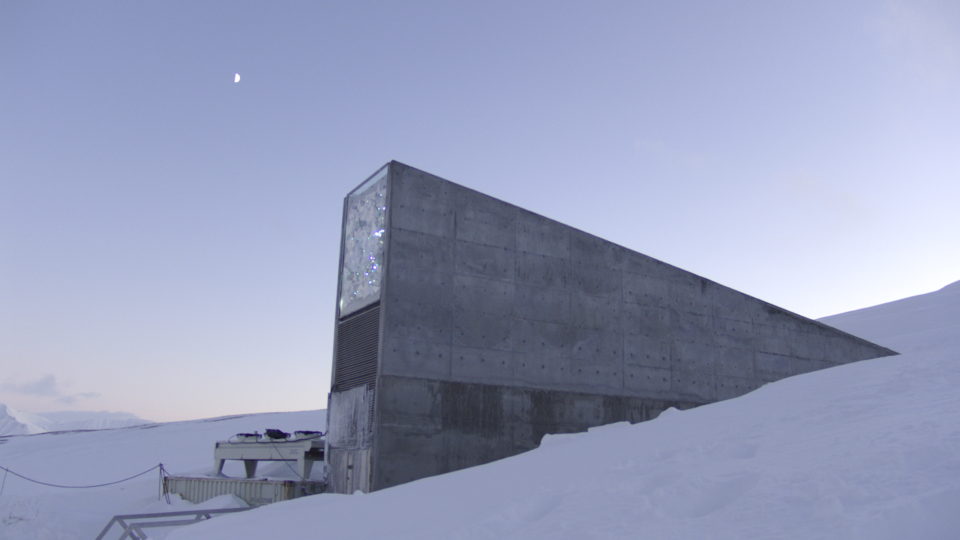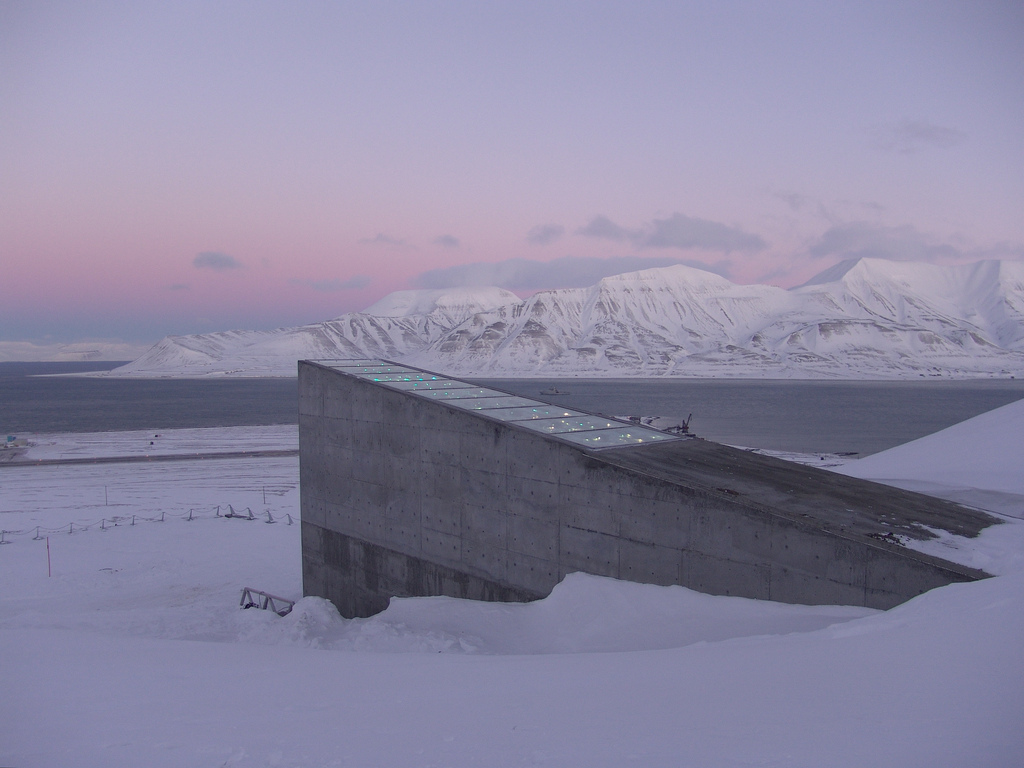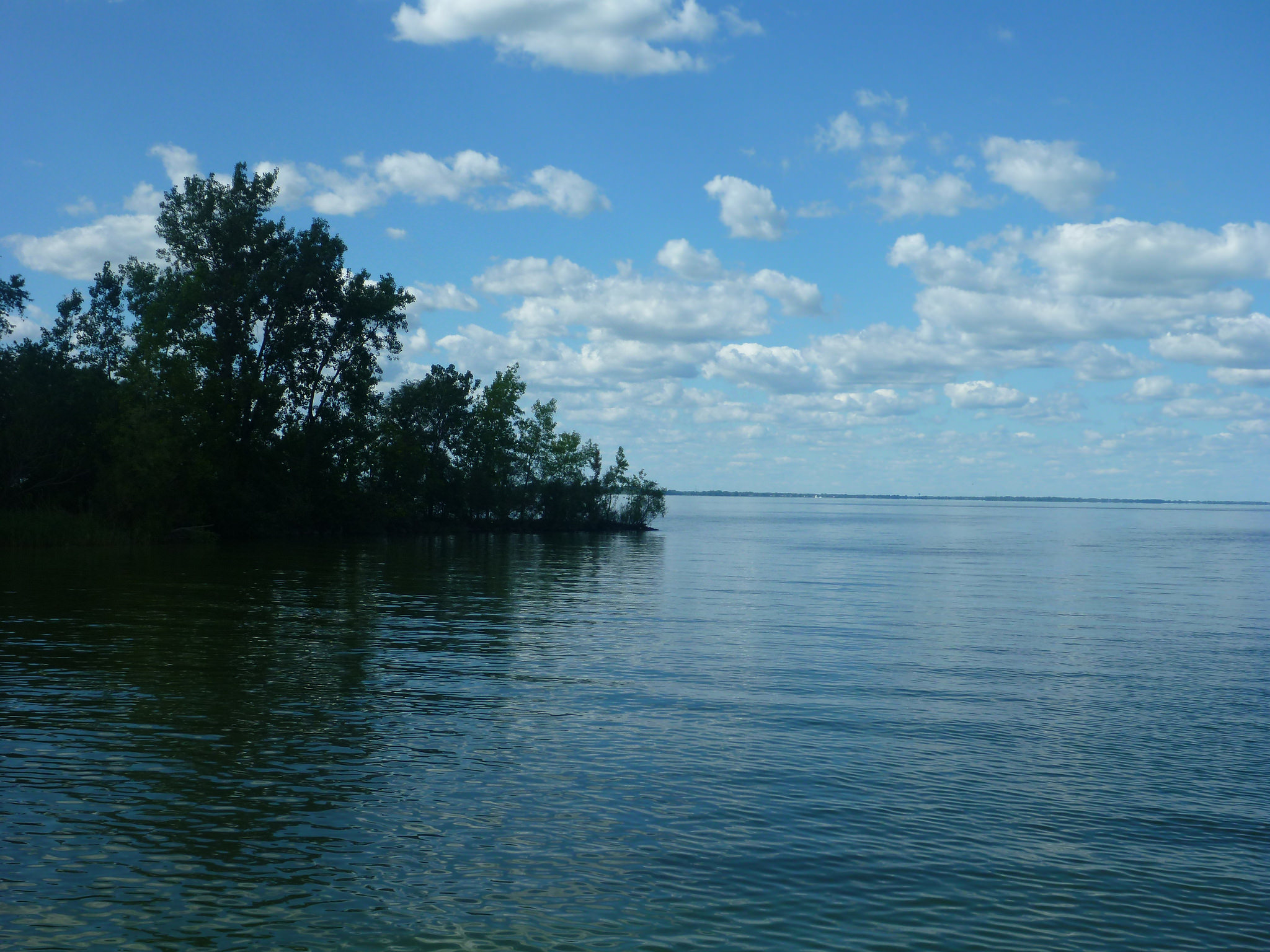It is summer here in the United States, but it is winter in Antarctica. Antarctic sea ice is water that forms and melts entirely in the ocean and it has a pattern of growth and reduction that has been monitored by satellites for the past 44 years. The area of sea ice that surrounds the continent of Antarctica is known as the sea ice ‘extent’ and it had been quite stable for much of those years.
In 2016, the sea ice extent began to decline. Since then, there have been several record summer lows with both the summers of 2021/22 and 2022/23 setting new minimum records.
This August, the deviation from all previous records intensified. This winter’s sea ice extent is over 900,000 square miles below the long-term average, an area about the size of Greenland or, for example, Texas and Alaska combined.
Climate models have long predicted that Antarctic sea ice would reduce as a result of global warming but the current change to sea-ice extent is so dramatic that it is difficult to explain. Sea ice extent is affected by multiple factors including the El Niño Southern Oscillation, the strength of the southern hemisphere jet stream, and regional low-pressure systems. The warming climate is certainly the overall force that is changing Antarctic sea ice extent over time.
Antarctic sea ice extent is important because it covers a vast area of the dark Southern Sea with a bright white surface that reflects the sun’s energy back into space, helping to reduce temperatures at the pole and protecting glaciers and polar ice sheets.
**********
Web Links
The mystery of the missing Antarctic sea ice
Photo, posted November 7, 2016, courtesy of Rob Oo via Flickr.
Earth Wise is a production of WAMC Northeast Public Radio









